Mole, a signature Mexican sauce, originated in ancient Mesoamerica. Its name comes from the Nahuatl word 'molli,' meaning 'sauce' or 'mixture.' Indigenous peoples used local ingredients like chili peppers, tomatoes, seeds, and cacao to create early versions for rituals and feasts. During the Spanish colonial period in the 16th century, European ingredients such as almonds, bread, dairy, and spices were integrated, leading to the diverse mole varieties known today, particularly in regions like Oaxaca and Puebla.
Mole's Ancient Origins and Colonial Evolution
In ancient Mesoamerica, indigenous communities developed simple yet bold sauces using native ingredients. These early moles were often prepared for sacred ceremonies or community gatherings, emphasizing their cultural importance.
Pre-Columbian Foundations
Before Spanish contact, Mesoamerican civilizations like the Aztecs and Maya used chili peppers, tomatoes, seeds, and unsweetened cacao to create flavorful sauces. Archaeological evidence from Monte Albán pottery residues confirms cacao's ritual use in sauces as early as 400 BCE (Feinman & Nicholas, 2019). These foundational recipes laid the groundwork for mole's complexity.
Evolution Timeline: Documented Culinary Transformation
| Period | Key Development | Verifiable Evidence |
|---|---|---|
| Pre-1521 | Indigenous groups prepare ritual sauces with chilies, tomatoes, seeds, and unsweetened cacao | Sahagún's Florentine Codex (1577) documents pre-Hispanic sauce preparations in Book XI |
| 1521-1600 | Spanish ingredients (almonds, bread, spices) merge with indigenous traditions | Pilcher's Planet Taco (2012) analyzes colonial-era fusion in convent kitchens |
| Late 1600s | Mole poblano legend emerges from Puebla convents | Slow Food Foundation archives verify 17th-century convent records |
| 20th Century | Oaxacan culinary tradition codifies seven classic mole varieties | Saveur's ethnographic study (2015) documents regional standardization |
| 2010 | UNESCO recognizes Mexican cuisine including mole | Official UNESCO designation (Intangible Cultural Heritage) |
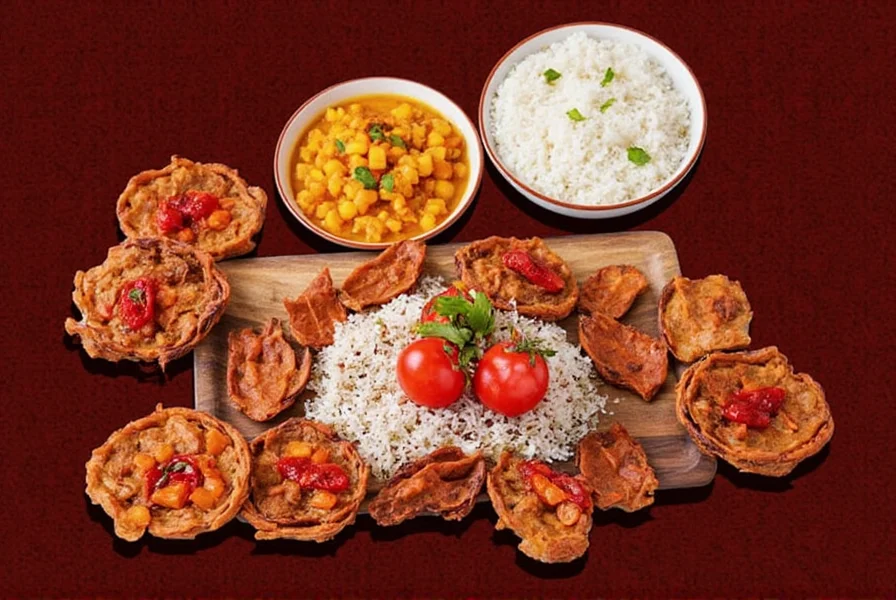
Mole Varieties: From Seven Classic Types to Regional Innovations
Mole encompasses many distinct types, with Oaxaca alone known for seven traditional varieties. Each region and family has unique recipes, reflecting Mexico's culinary diversity.
| Mole Type | Main Ingredients | Flavor Profile | Best For |
|---|---|---|---|
| Mole Negro | Chilis, chocolate, plantains, nuts | Smoky, bittersweet, deeply layered | Poultry, tacos, enchiladas |
| Mole Coloradito | Tomatoes, guajillo chilies, almonds | Slightly spicy, nutty, tomato-forward | Chicken dishes |
| Mole Verde | Green chilies, herbs, pumpkin seeds | Fresh, herby, bright | Vegetables, tamales |
| Mole Amarillo | Yellow chilies, garlic, sesame seeds | Mildly spicy, earthy, aromatic | Omelets, tostadas |
| Mole Manchamantel | Spiced fruits, peanuts, chilies | Sweet-spicy, fruity | Duck or pork |
| Mole Chichilo | Beef stock, chilies, spices | Meaty, robust, umami-rich | Grilled meats |
| Mole Almendrado | Almonds, raisins, cloves | Nutty, sweet, warm spices | Game meats |
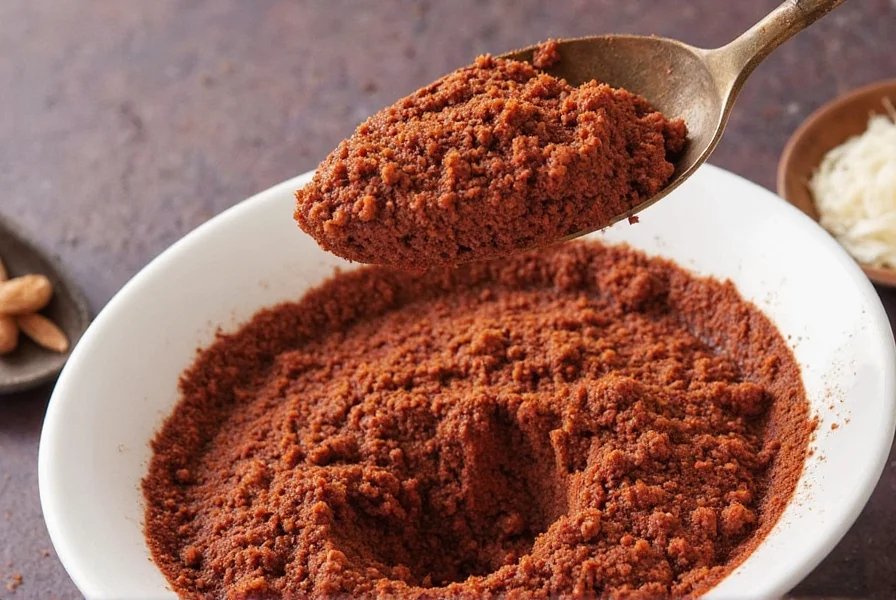
Mole as Cultural Identity and Heritage
Mole transcends food—it embodies Mexican tradition and identity. It's often prepared for weddings, Day of the Dead, and Christmas, symbolizing respect for heritage and community. However, its application follows specific cultural boundaries that define authentic usage.
Context Boundaries: When and How Mole Is Appropriately Used
Mole operates within distinct cultural and practical constraints that influence its preparation and consumption:
- Occasion Limitation: Traditionally reserved for significant events (festivals, funerals, religious celebrations) due to 3-5 day preparation time. Daily consumption is rare outside commercial settings (INAH culinary surveys, 2018).
- Regional Authenticity: Oaxacan mole negro requires locally grown chilhuacle negro chilies—substitutions create inauthentic flavor profiles. Puebla's mole poblano must contain chocolate for ceremonial validity per state culinary guidelines.
- Dietary Constraints: Contains common allergens (nuts, sesame) in 6 of 7 classic varieties. Mole almendrado is unsuitable for nut allergies, while mole verde offers vegetarian compatibility when prepared without lard.
- Modern Adaptation: Urban households increasingly use store-bought pastes for weeknight meals, but traditionalists consider this inappropriate for ceremonial contexts (García, Mexican Foodways, 2020).
A Family Tradition
Many families pass down mole recipes through generations. Preparation can take days, involving dozens of ingredients and meticulous steps, emphasizing connection over efficiency.
UNESCO Recognition
In 2010, UNESCO recognized Mexican cuisine—including mole—as an Intangible Cultural Heritage of Humanity. This global acknowledgment highlights mole's role as cultural artistry preserved on the plate.
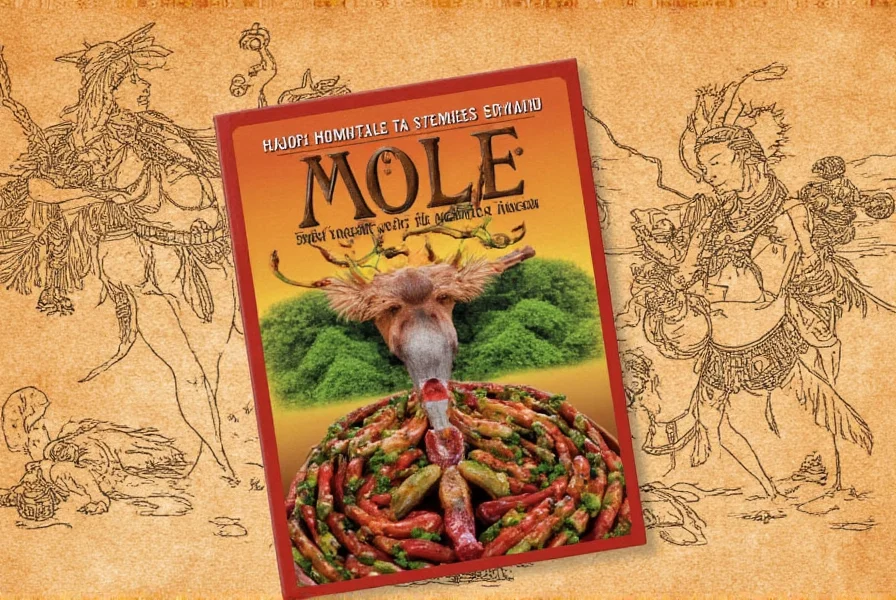
Pro Tips for Cooking Mole at Home
While mole preparation can seem complex, these tips make it accessible:
- Roast Ingredients: Toasting spices, seeds, and chilies enhances flavor depth.
- Burn Slightly: Light scorching of dried chilies or onions adds richness without bitterness.
- Layer Flavors: Cook in stages—dry ingredients first, then liquids, then simmer low and slow.
- Balance Sweet and Heat: Use acidic elements like tomatillos or vinegar to counterbalance chocolate or fruit sweetness.
- Use Homemade Stock: Homemade chicken or vegetable stock elevates mole from good to exceptional.
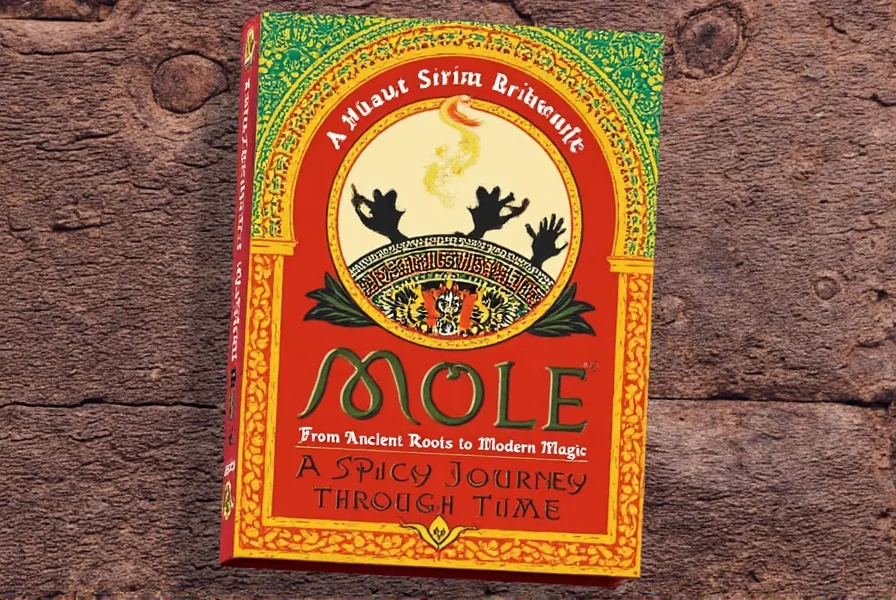
Buying Guide: Selecting Authentic Mole Paste or Powder
For time-constrained cooks, store-bought mole offers convenience without sacrificing flavor. Here's how to choose:
Top Brands to Try
| Product | Features | Best Use |
|---|---|---|
| Don Claudio Mole Poblano Paste | Thick, rich, with visible bits of almond and chili | Ideal for stews and enchiladas |
| Guelaguetza Organic Mole Negro | Complex blend with hints of coffee and dark chocolate | Perfect for turkey or festive meals |
| La Costeña Mole Verde Powder | Easy-to-mix powder with vibrant herbaceous flavor | Great for quick weeknight meals |
| Del Campo Mole Amaranth Blend | Unique twist with amaranth grains for texture and nutrition | Excellent for modern twists on traditional dishes |
What to Look for When Buying
- Ingredients List: Shorter is better. Avoid preservatives and artificial colors.
- Region-Specific: Look for labels indicating authenticity, like "Oaxacan-style" or "Poblano".
- Texture: Pastes offer richer consistency; powders are more versatile and longer-lasting.
- Usage Instructions: Clear directions ensure successful preparation.
- Target Audience: Some blends are beginner-friendly; others cater to connoisseurs seeking complexity.
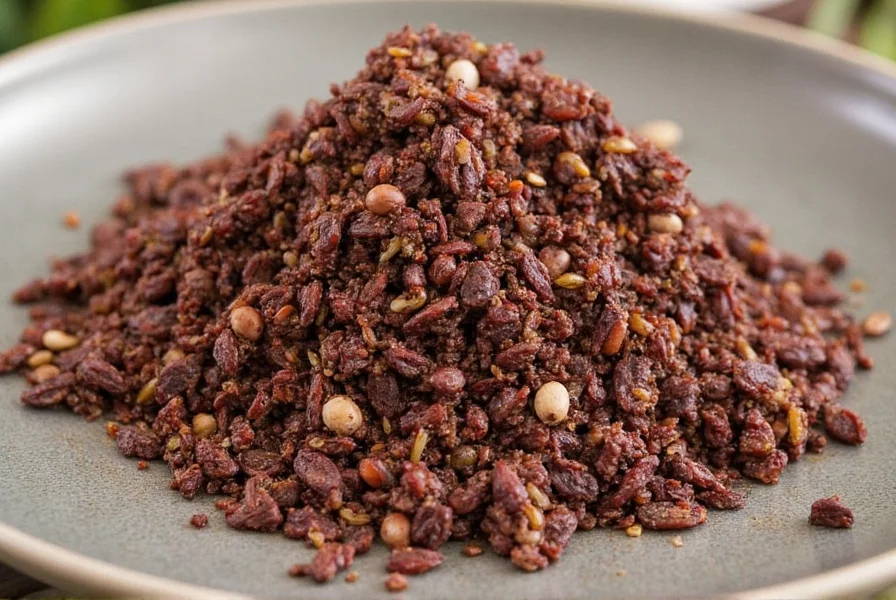
Frequently Asked Questions
Where did mole actually originate?
Mole has pre-Columbian roots in Mesoamerica, where indigenous peoples created sauces using local ingredients like chili peppers, tomatoes, seeds, and cacao. The complex mole we know today emerged during the colonial period when Spanish ingredients like almonds, bread, and spices were incorporated into traditional recipes, particularly in regions like Oaxaca and Puebla. Historical records from the 16th century document this evolution.
What does the word "mole" mean?
The word "mole" comes from the Nahuatl word "molli," which means "sauce" or "mixture." It reflects the blended nature of this complex sauce that combines multiple ingredients from different culinary traditions.
Did ancient Mexicans really use chocolate in mole?
While cacao was used in pre-Columbian Mesoamerica, early moles used unsweetened cacao for bitter, earthy notes. Sweet chocolate was added during the colonial period when Spanish ingredients were integrated. Modern mole poblano with chocolate is a colonial-era creation blending indigenous and European influences.
How many types of mole are there in Mexico?
Oaxaca alone has seven classic mole types (mole negro, coloradito, verde, amarillo, manchamantel, chichilo, and almendrado), but Mexico has dozens of regional variations. Many families have unique recipes passed down through generations, making mole's diversity vast and dynamic.
Is mole always spicy?
No, mole is not always spicy. Heat levels vary based on chili types and preparation. Some moles like mole negro balance subtle heat with sweet elements like chocolate, while others like mole verde are milder. Complexity comes from flavor balance, not just spiciness.
What makes mole different from other Mexican sauces?
Mole is distinguished by its depth and complexity. While many Mexican sauces focus on one or two ingredients, traditional mole combines 20-30 ingredients including multiple chilies, spices, nuts, seeds, and sometimes chocolate or fruit. The preparation process—roasting, grinding, and slow simmering—creates a layered sauce unlike any other Mexican condiment.

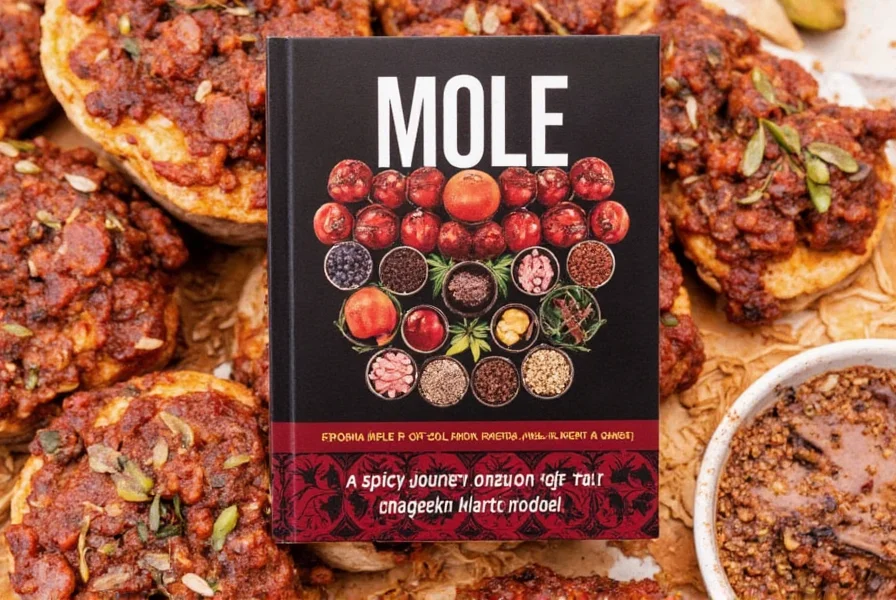









 浙公网安备
33010002000092号
浙公网安备
33010002000092号 浙B2-20120091-4
浙B2-20120091-4